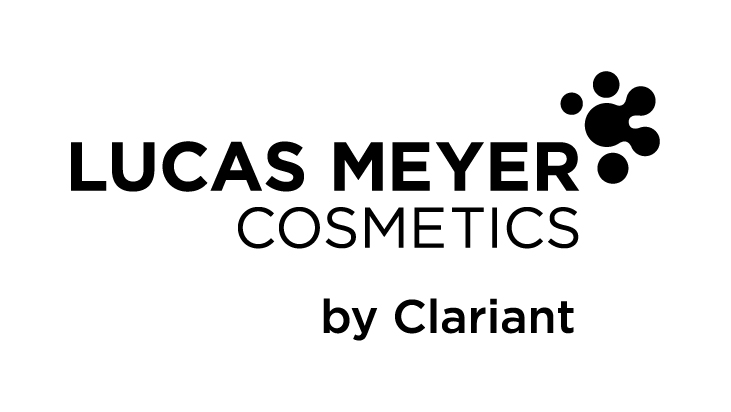The author of this feature has a complete set of Journals of the Society of Cosmetic Chemists (JSCC) from Volume 1, No 1. 1947. In that issue the use of mercaptans in depilatories and permanent waving products were described[1]. The next issue described the chemistry of permanent waving[2] and a second item described the cold process[3]. An extract from the latter states: “The desire of the human race to alter the natural pattern of the scalp hair is a rather strange phenomenon. Those with naturally straight hair wish it to be curly while those with naturally curly hair wish it to be straight.” It was not until May 1951 that the first paper referring to shampoos appeared[4] in which the authors claimed that in a shampoo the primary requisite is one of imparting a lustrous soft finish to the hair rather than one of efficient cleansing.
The first reference to polymers for hair styling was in 1957 in a paper on the use of polyvinylpyrrolidone (PVP) in cosmetics, which described its film-forming properties and its use to style human hair[5]. It was another three years before the use of vinyl acetate and its copolymers in hair styling were described[6] and it wasn’t until 1966 that the first reference to the possible use of cationic conditioning agents was made[7].









